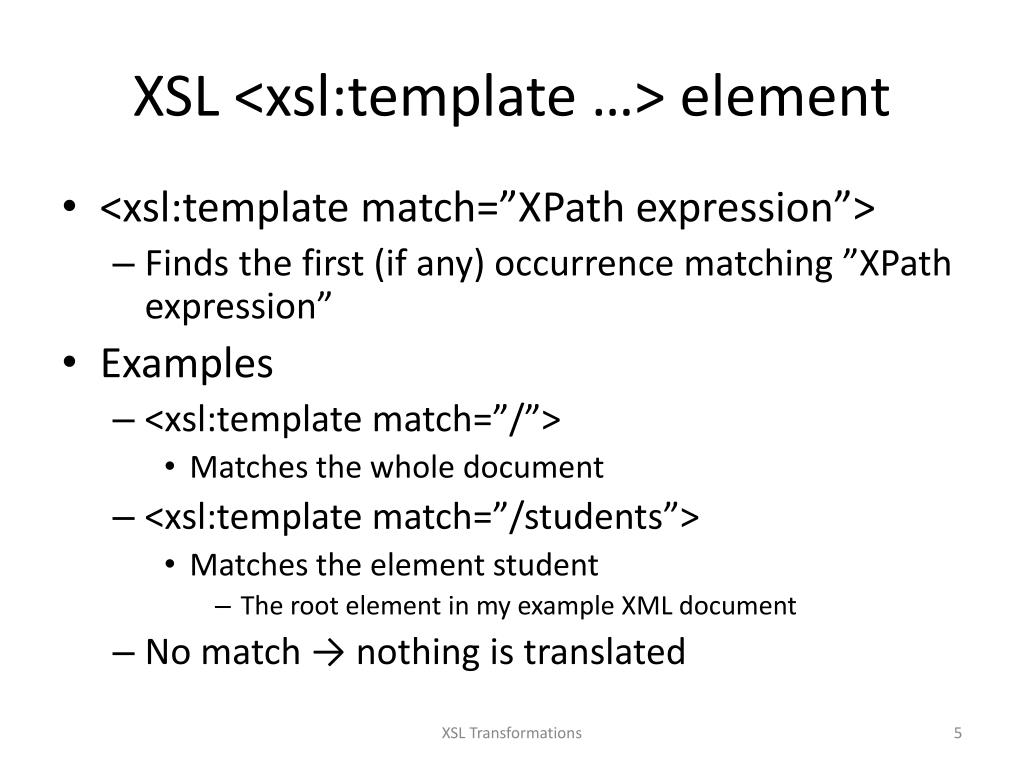
Xsl Template Match - Well organized and easy to understand web building tutorials with lots of examples of how to use html, css, javascript, sql, python, php,. Again, to define a template for the entire xml document,. En.wikipedia.org several web browsers, including internet explorer (using the msxml engine), opera (native engine) and safari, all support transformation of xml to html (or other languages) through. You should also read this: Character Inspiration Template
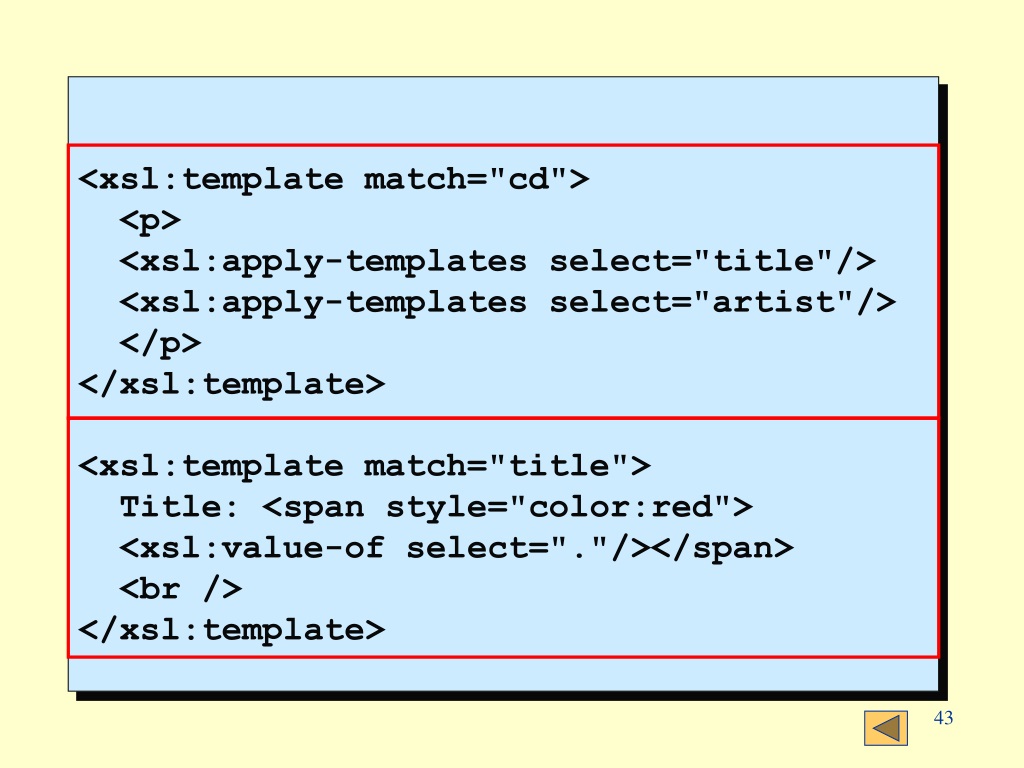
Xsl Template Match - The match attribute can also. Here is the correct xslt 1.0 way of matching (in xslt 2.0 use the matches () function with a real regex as the pattern argument): Exslt is a set of extensions to xslt. The result tree contains all of the nodes produced by the xsl transformation. Those that are supported by firefox are listed below: You should also read this: Couple Watching Meme Template
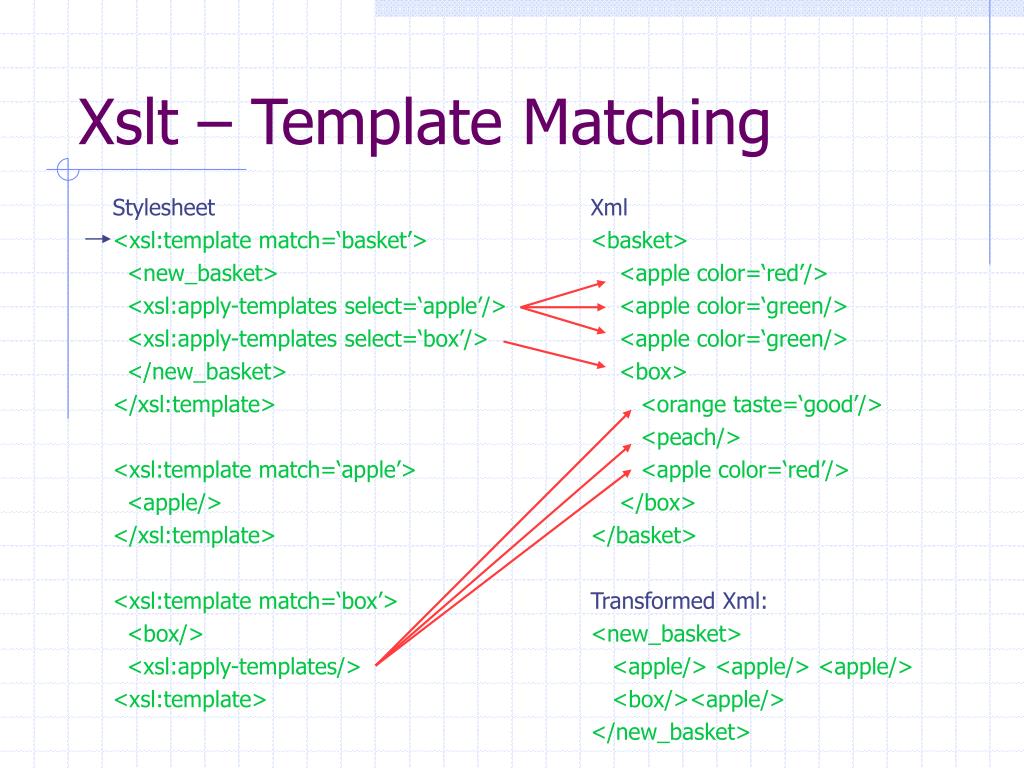
Xsl Template Match - So a template matching @*|node(). Tell us morerelated searches for xsl:template matchxsl template match examplesxslt template match multiple conditionsxslt apply template by namexsl template match attributexslt apply templates with paramxsl template match nodexsl call template vs applyxsl for each select En.wikipedia.org several web browsers, including internet explorer (using the msxml engine), opera (native engine) and safari, all support transformation of. You should also read this: Florida Temporary Tag Template
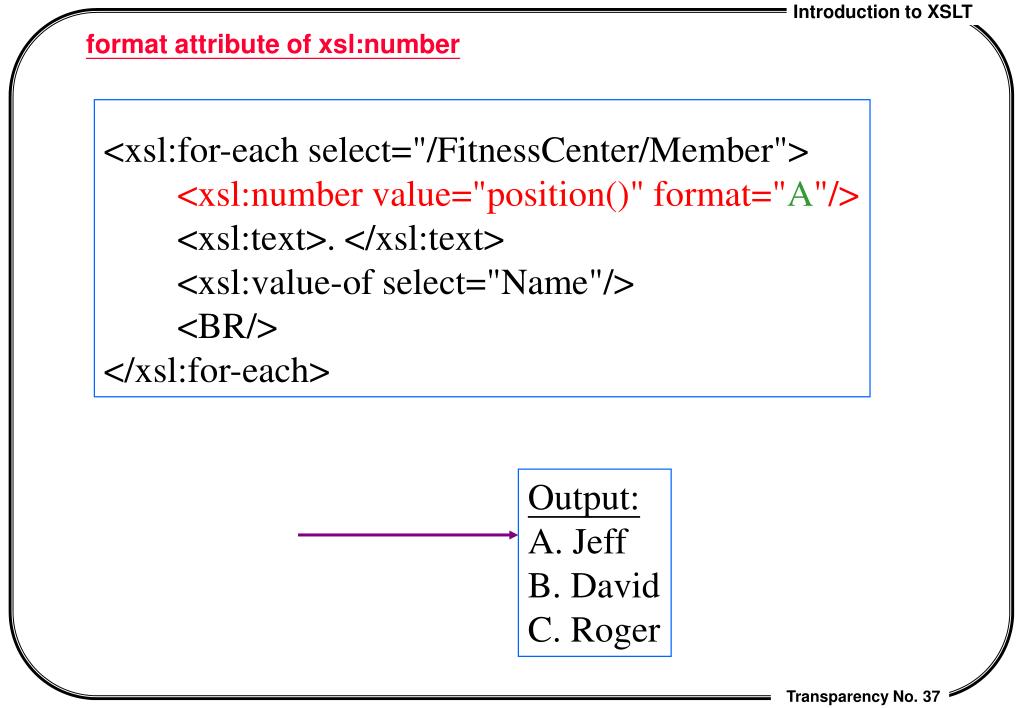
Xsl Template Match - Here's one more way (only stripping from creation and test for brevity) I am working with xslt 2.0 and trying to apply the same transformation process to both elements from the input xml and elements dynamically created within the xslt. A template in xslt is the equivalent of a method in java. The xml/* template is considered more. /> in. You should also read this: Film Synopsis Template
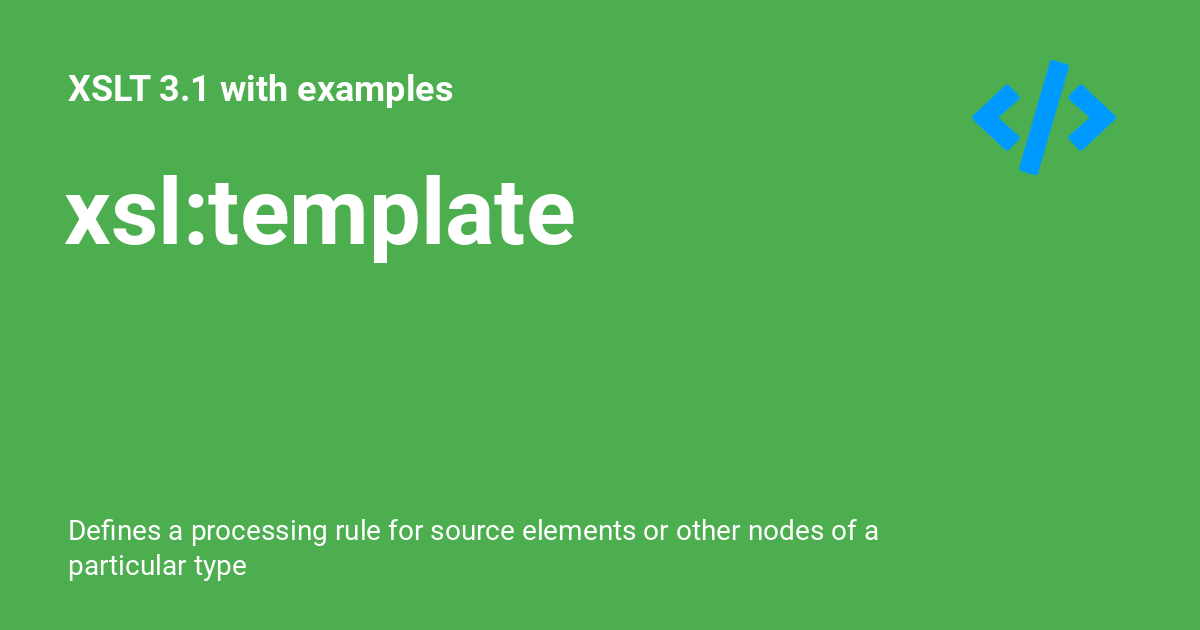
xsltemplate ⚡️ XSLT 3.1 with examples - How do i match on any node that itself or any child has an attribute with a value in xslt template? The element is used to build templates. Here is the correct xslt 1.0 way of matching (in xslt 2.0 use the matches () function with a real regex as the pattern argument): Xsl:template (match) a template is invoked by. You should also read this: Bank Statement Reconciliation Template Excel

PPT Introduction to XSLT PowerPoint Presentation, free download ID - I am working with xslt 2.0 and trying to apply the same transformation process to both elements from the input xml and elements dynamically created within the xslt. There are a number of modules; So a template matching @*|node(). /> in your solution, you are transforming all. / matches a root node, also called document node, @* matches any attribute. You should also read this: Template For Affidavit Of Truth
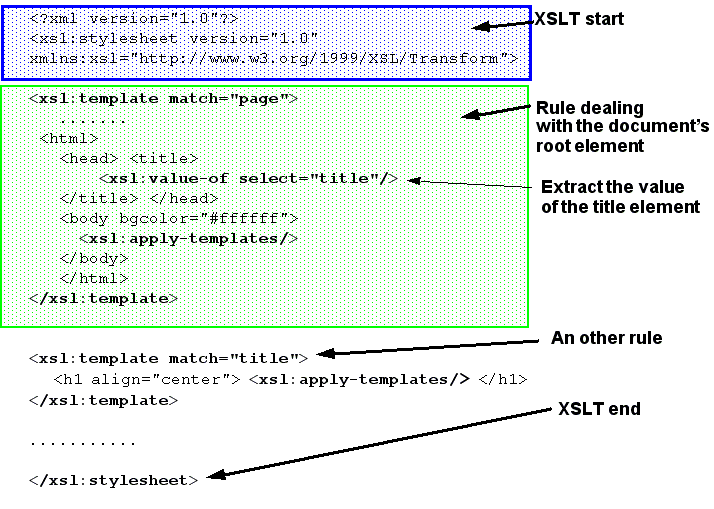
Xsl Template Match - In xslt 2.0 you can refer to global variables within a match pattern, but the syntax is simpler than your guess: Specifies a pattern that determines the elements for which this template should be used. The nodes in this tree correspond to the original xml document to which the transformation is applied. /|@*|node() is a match pattern composed of three. You should also read this: Nebraska Will Template
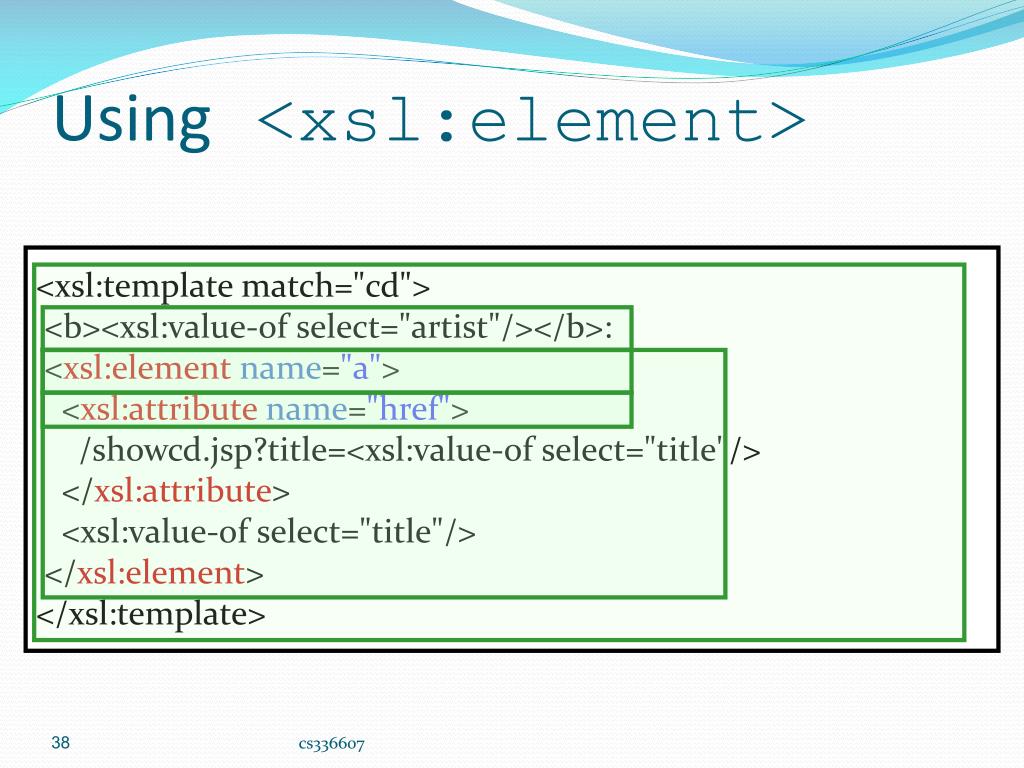
Xsl Template Match - A template in xslt is the equivalent of a method in java. The match attribute can also. / matches a root node, also called document node, @* matches any attribute node and node() as a pattern. The match attribute is used to associate a template with an xml element. How do i match on any node that itself or any. You should also read this: All Over Shirt Template

Xsl Template Match - The element contains rules to apply when a specified node is matched. I am working with xslt 2.0 and trying to apply the same transformation process to both elements from the input xml and elements dynamically created within the xslt. Look at the following xsl style sheet: Here is the correct xslt 1.0 way of matching (in xslt 2.0 use. You should also read this: Weather Forecast Template With No Numbers
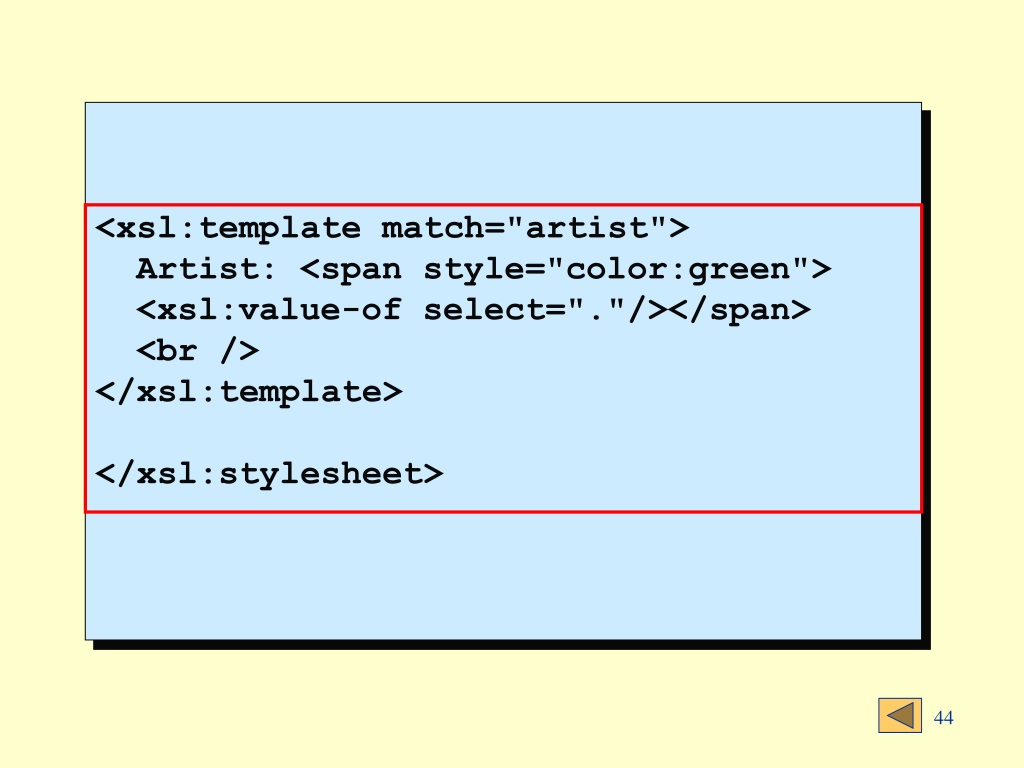
PPT XSLT eXtensible Stylesheet Language Transformations PowerPoint - In xslt 2.0 you can refer to global variables within a match pattern, but the syntax is simpler than your guess: Can be applied to any element. The first node tree is the source tree. / matches a root node, also called document node, @* matches any attribute node and node() as a pattern. To build templates, the element is. You should also read this: Uga Powerpoint Template